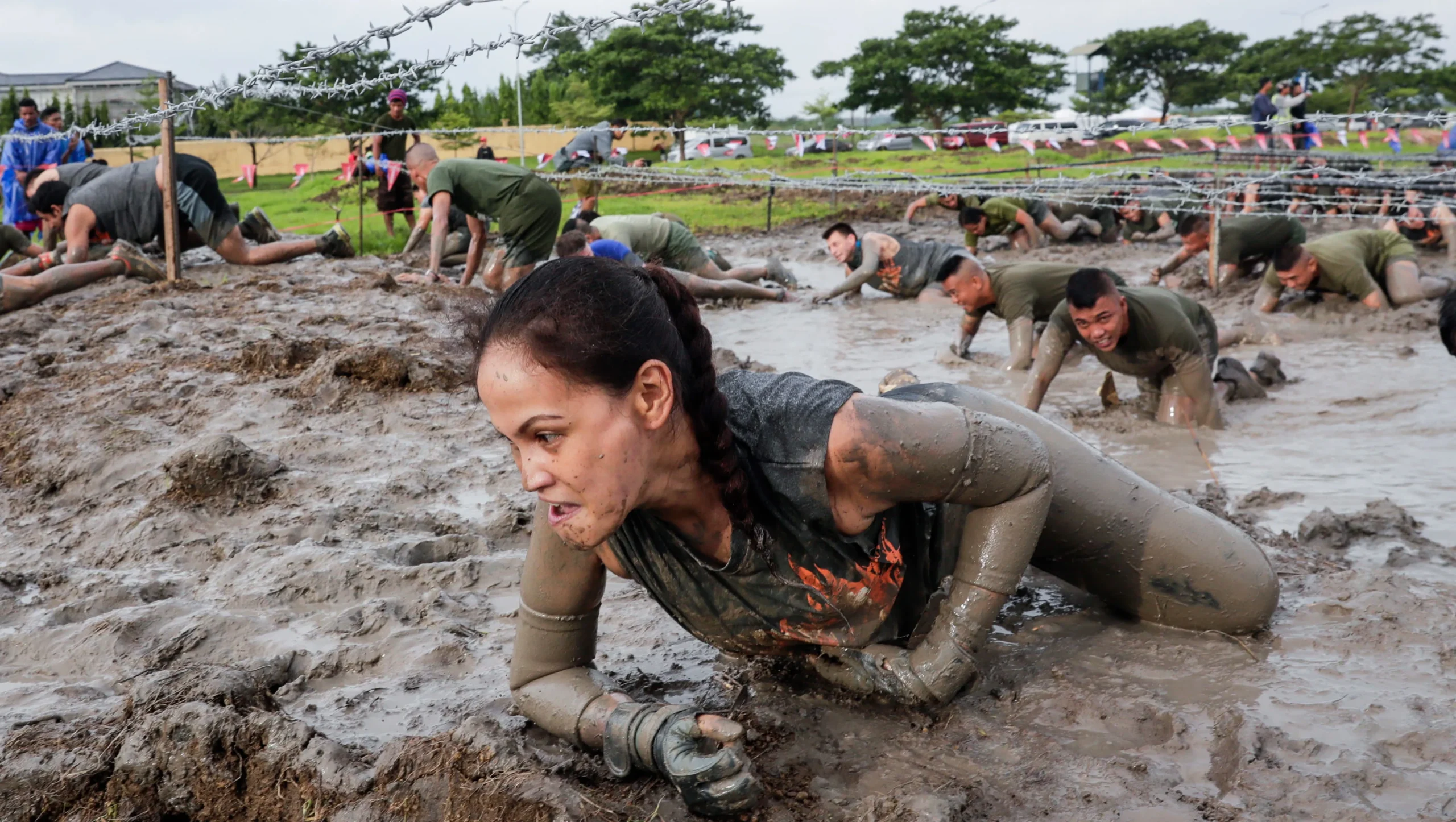How to Create a Training Plan for an Obstacle Race
Creating a training plan for an obstacle race involves integrating specific exercises, endurance training, and mental preparation to tackle the race’s challenges effectively. Here’s a comprehensive guide to help you develop a structured training plan:
1. Assess Your Current Fitness Level
Before designing a training plan, evaluate your current fitness level and identify areas that need improvement. Consider factors such as cardiovascular endurance, strength, agility, and mental toughness.
2. Set Clear Goals
Define your goals for the obstacle race. Are you aiming to complete the race, achieve a specific time, or conquer challenging obstacles? Clear goals will guide your training plan and keep you motivated throughout the process.

3. Understand the Race Requirements
Study the race course and obstacles. Identify the types of challenges you’ll face (e.g., climbing walls, crawling under barriers, carrying heavy objects) and tailor your training to simulate these conditions as closely as possible.
4. Components of a Training Plan
a. Strength Training
- Focus on Functional Movements: Incorporate exercises that mimic the movements required in obstacle races, such as squats, lunges, deadlifts, pull-ups, and push-ups.
- Include Obstacle-Specific Drills: Practice climbing, crawling, carrying heavy objects, and jumping to build strength in targeted muscle groups.
b. Cardiovascular Endurance
- Running and Interval Training: Incorporate running into your routine to build endurance. Include interval training sessions (e.g., sprints followed by recovery jogs) to improve speed and stamina.
- Cross-Training: Engage in activities like cycling, swimming, or rowing to vary your cardio workouts and reduce the risk of overuse injuries.
c. Agility and Balance
- Agility Drills: Perform ladder drills, cone drills, and shuttle runs to improve agility, coordination, and quick directional changes.
- Balance Exercises: Practice standing on one leg, using balance boards, or incorporating stability exercises into your routine to enhance balance and proprioception.
d. Mental Preparation
- Visualization: Practice mental imagery to visualize yourself overcoming obstacles and completing the race with confidence.
- Mental Toughness Training: Incorporate challenges in your workouts to build resilience and learn to manage discomfort and fatigue.
5. Sample Weekly Training Plan
Here’s an example of how you might structure your weekly training:
- Monday: Strength training (focus on lower body and core)
- Tuesday: Interval running (e.g., 1-minute sprint, 2-minute jog, repeat)
- Wednesday: Active recovery (yoga, stretching, or light cardio)
- Thursday: Obstacle-specific training (practice climbing, crawling, and carrying)
- Friday: Cross-training (cycling or swimming)
- Saturday: Long run (gradually increase distance to match race length)
- Sunday: Rest or active recovery
6. Progressive Overload and Rest
- Gradually Increase Intensity: Progressively increase the intensity and duration of your workouts to challenge your body and improve performance.
- Rest and Recovery: Schedule rest days and prioritize recovery with adequate sleep, hydration, and nutrition. Recovery allows muscles to repair and prevents burnout or injury.
7. Nutrition and Hydration
- Fuel Your Workouts: Eat a balanced diet rich in carbohydrates, protein, and healthy fats to support energy levels and muscle recovery.
- Hydration: Drink plenty of water throughout the day and during workouts to maintain hydration, especially in warmer climates or during longer training sessions.
8. Race Simulation and Practice Runs
- Mock Races: Conduct mock races or practice sessions on similar terrain to simulate race conditions. Practice transitions between obstacles and refine your race strategy.
9. Final Week Preparation
- Tapering: Reduce training intensity and volume in the final week to allow your body to rest and recover before race day.
- Race Day Preparation: Plan logistics, review race rules and guidelines, and ensure you have all necessary gear and nutrition ready.
10. Evaluate and Adjust
Regularly evaluate your progress and adjust your training plan as needed based on feedback from workouts and your overall readiness. Listen to your body and make adjustments to prevent overtraining or undertraining.
By following these steps and creating a well-rounded training plan, you’ll be well-prepared to tackle the challenges of an obstacle race with confidence and achieve your race day goals.



